Madhya Pradesh Switch to Hindi
Stubble Burning Crisis in Madhya Pradesh
Why in News?
In April 2025, Madhya Pradesh emerged as the leading state in wheat stubble burning incidents. In response, the MP administration enforced strict measures such as the imposition of penalties on farmers for stubble burning.
Key Points
- Current Scenario in the State:
- According to the Indian Agricultural Research Institute’s (IARI) Consortium for Research on Agroecosystem Monitoring and Modeling from Space (CREAMS) dashboard, 17,534 incidents of wheat stubble burning have been recorded in Madhya Pradesh so far in 2025.
- Indore alone witnessed 1,240 such incidents, with 770 farmers fined ₹16.7 lakh cumulatively.
- The state government, invoking Section 19(5) of the Air (Prevention and Control of Pollution) Act, 1981, has banned stubble burning and authorised district administrations to take strict action.
- Section 19(5): If the State Government, after consulting the State Pollution Control Board, believes that burning any material (other than fuel) in an air pollution control area may cause or is likely to cause air pollution, it can issue a notification in the Official Gazette to prohibit the burning of that material in the specified area.
- According to the Indian Agricultural Research Institute’s (IARI) Consortium for Research on Agroecosystem Monitoring and Modeling from Space (CREAMS) dashboard, 17,534 incidents of wheat stubble burning have been recorded in Madhya Pradesh so far in 2025.
- Penalties Imposed (Based on Landholding):
- Up to 2 acres: ₹2,500 per incident
- 2–5 acres: ₹5,000 per incident
- More than 5 acres: ₹15,000 per incident
- Reasons for Rise in Stubble Burning:
- Push for Summer Moong Cultivation:
- Farmers have increasingly adopted summer moong in districts like Narmadapuram (previously Hoshangabad), Raisen, Vidisha, Dewas, Harda, and Sehore as a third crop after wheat and paddy.
- Since canal water is available until May, farmers can easily irrigate moong crops. However, they get very little time to clear the wheat stubble before sowing. Thus, burning the residue becomes the fastest and cheapest method to prepare fields.
- Inadequate Subsidy Support:
- Farmers in Madhya Pradesh receive only 40% subsidy on Crop Residue Management (CRM) machines.
- In contrast, Punjab offers up to 80% subsidy for cooperative societies and 50% for individual farmers.
- Delays and Policy Gaps:
- Delayed access to fertilisers and high costs of CRM machines mean many small and marginal farmers have no alternative but to burn residue.
- Farm leaders contend that many stubble fires are not always intentional and may be triggered by natural causes such as extreme heat, lightning strikes, or electrical faults.
- They argue that the government is unfairly penalising farmers without first ensuring the availability of viable alternatives for crop residue management.
- Push for Summer Moong Cultivation:
- State Response and Reforms:
- The Department of Agriculture and Farmers’ Welfare has directed local administrations to ensure machine availability and raise awareness about the harmful effects of burning.
- The recently approved Anna Data Mission aims to tackle structural issues like crop residue management, technology access, and alternative cropping models.
- Alternatives to Stubble Burning:
- Use of Technology: The Turbo Happy Seeder (THS) machine, which can uproot the stubble and also sow seeds in the area cleared. The stubble can then be used as mulch for the field.
Stubble Burning
- About:
- Stubble burning is the practice of burning agricultural residues left in the field after harvesting, typically done in the winter months to clear the land for sowing the next crop.
- A common example of this practice is burning crop residues after paddy harvest to prepare the field for wheat sowing, which is typically done in October and November across North West India, primarily in Punjab, Haryana, and Uttar Pradesh.
- It is usually required in areas that use the combined harvesting method, which leaves crop residue behind.
- Stubble burning is the practice of burning agricultural residues left in the field after harvesting, typically done in the winter months to clear the land for sowing the next crop.
- Effects of Stubble Burning:
- Releases harmful gases like methane (CH4), Carbon Monoxide (CO), Volatile Organic compounds (VOC) and carcinogenic polycyclic aromatic hydrocarbons, forming toxic smog.
- Pollutants undergo transformations, forming smog that adversely affects human respiratory health.
- Destroys essential soil nutrients, reducing overall fertility.
- High temperature from burning leads to moisture loss and kills beneficial soil microbes.

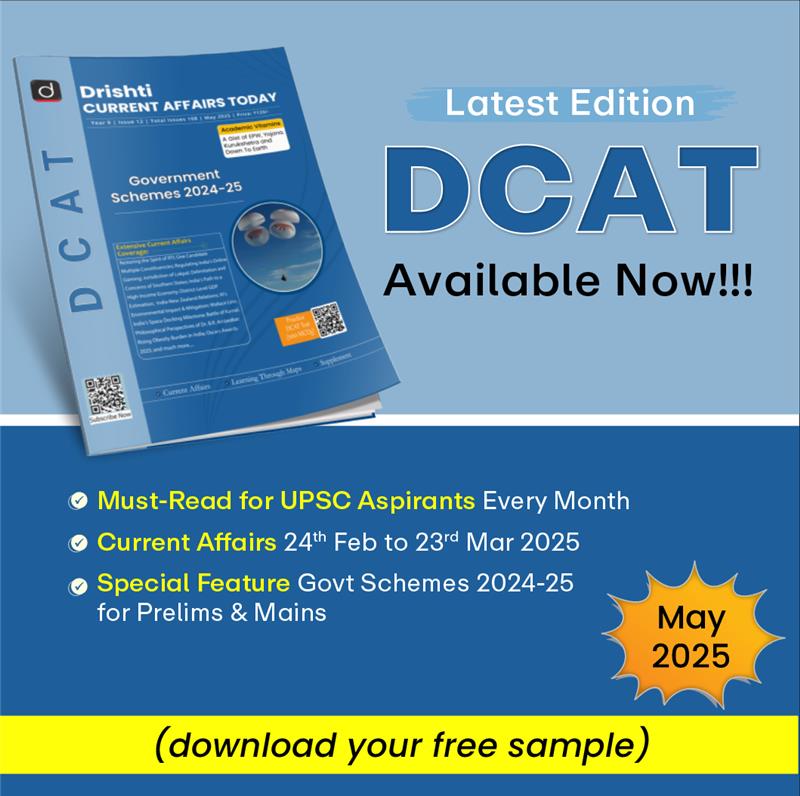

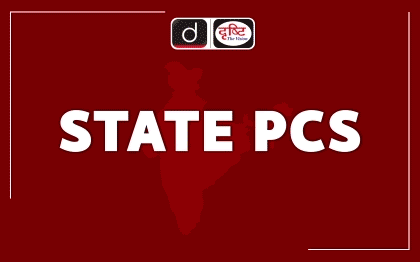
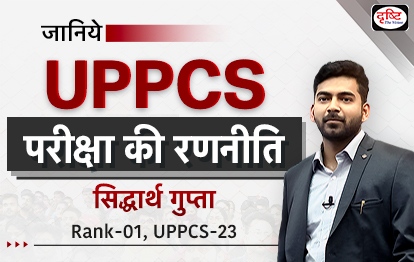



%20MPPCS%202025%20Desktop%20E.jpg)
%20MPPCS%202025%20Mobile%20E%20(1).jpg)

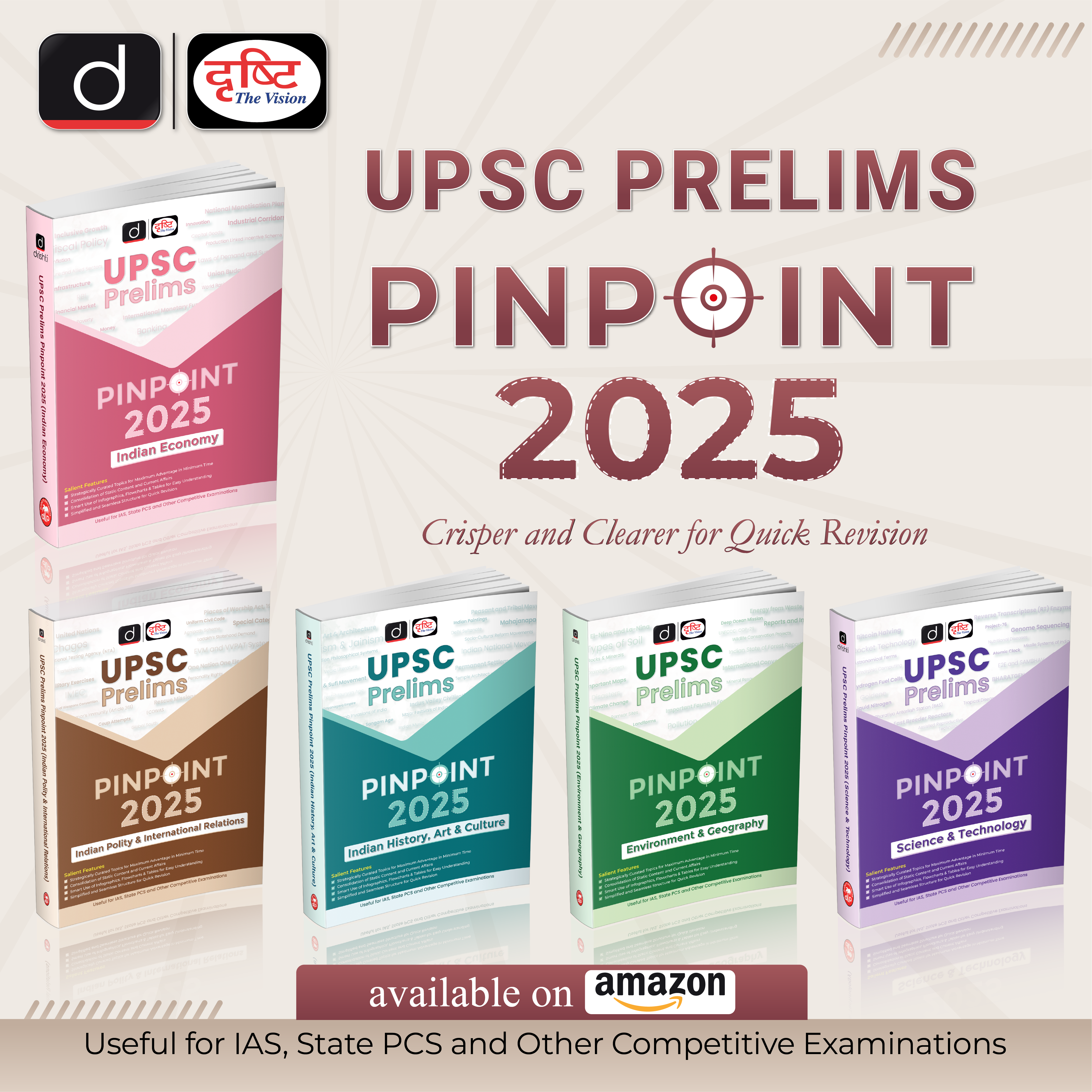







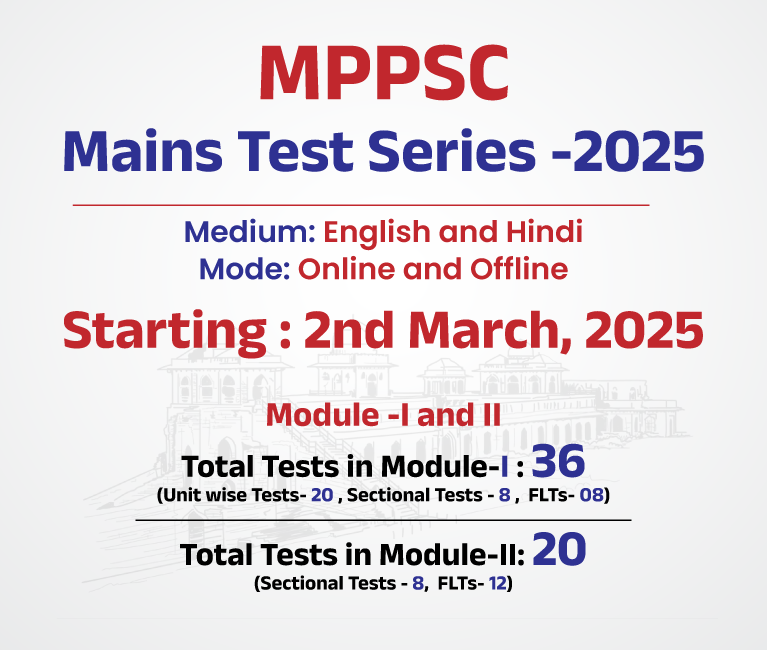
.png)
.png)

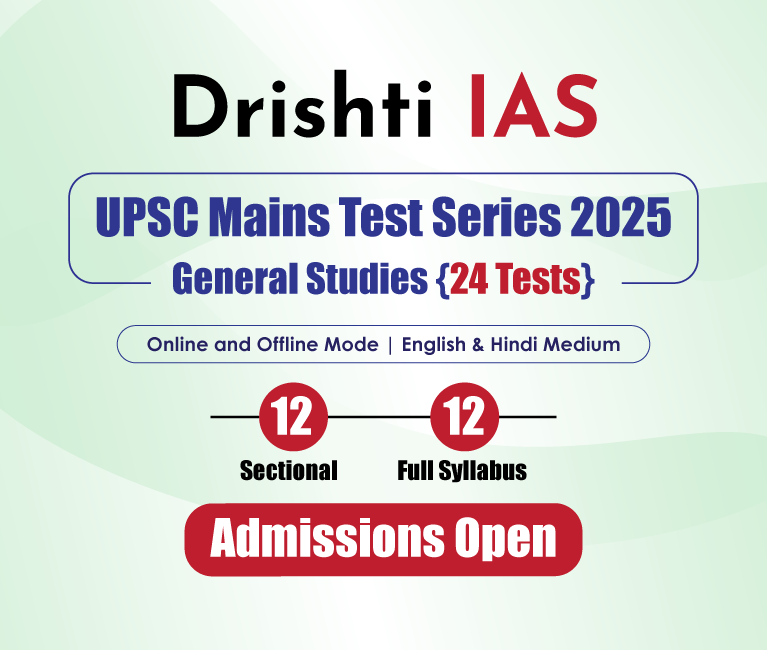



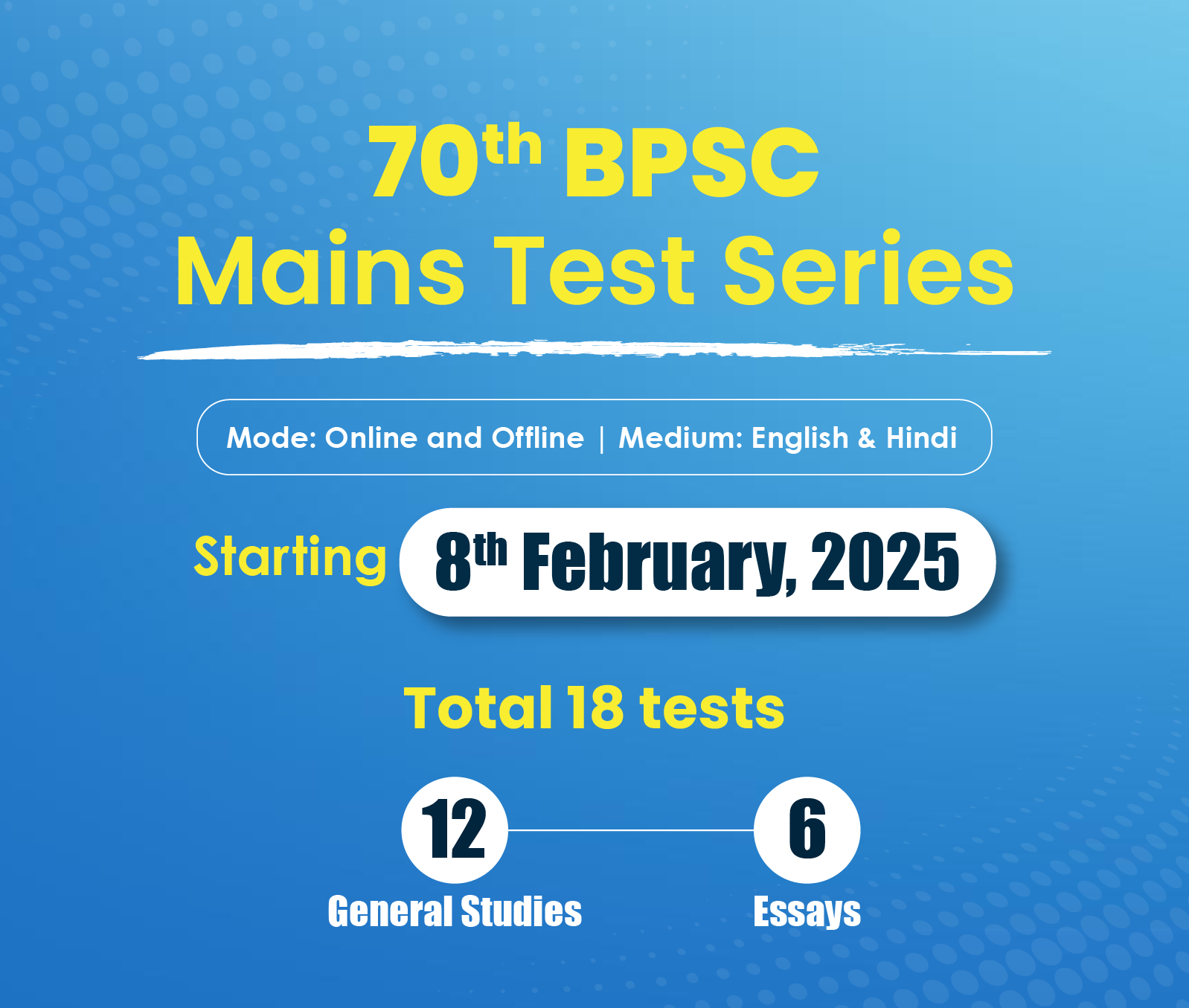





 PCS Parikshan
PCS Parikshan


-min.jpg)